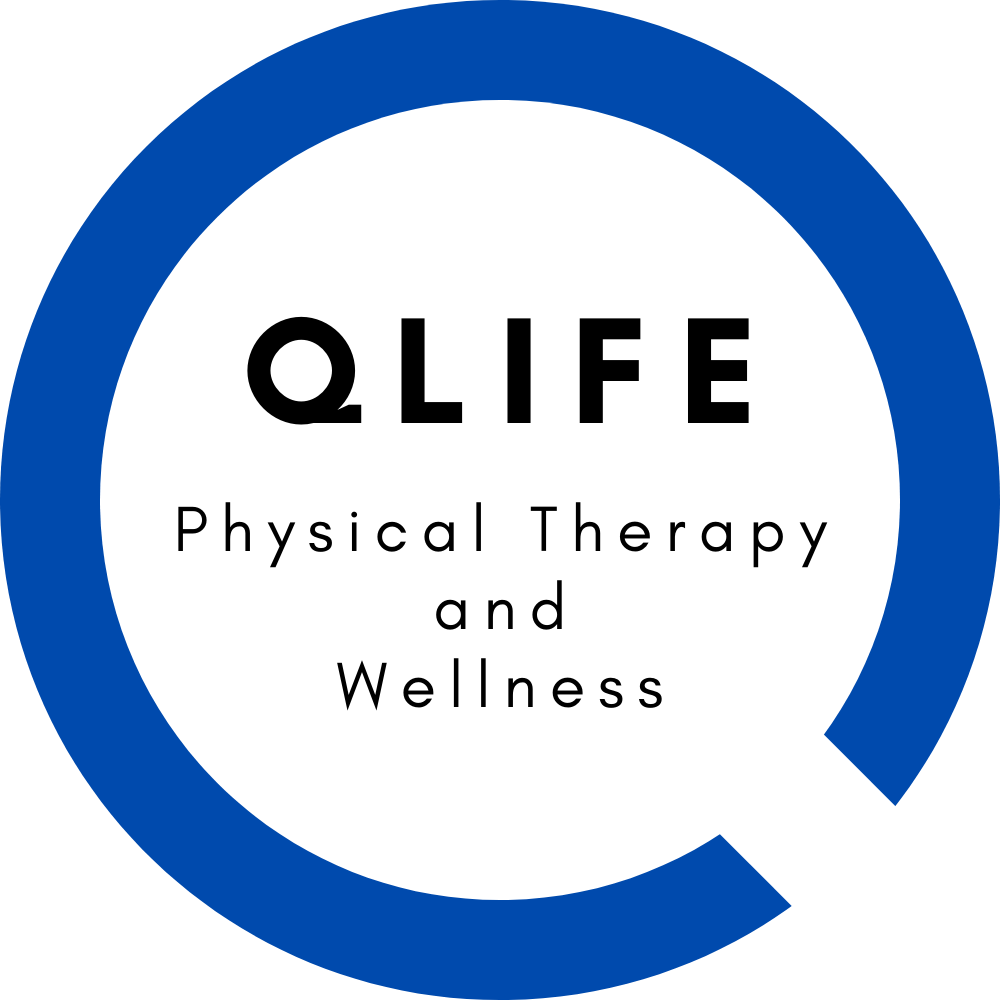Stretch, Strengthen, Shine: Secrets to Bulletproof Tendons
1. Strategic Exercise:
How: Engage in 2 to 3 days of resistance training per week, emphasizing eccentric exercises that lengthen muscles. This type of workout stimulates your tendon cells, encouraging them to produce more collagen, the building block of strong tendons.
2. Perfect Your Form:
Why: Focus on exercises like squats and lunges, ensuring perfect form. Correct alignment during exercises promotes optimal mechanotransduction – a process where tendon cells sense mechanical forces and adapt, leading to stronger tendons.
3. Gradual Progression:
Reminder: Patience is key! Gradually increase weights and repetitions. At the molecular level, this progression triggers controlled inflammation, which signals your tendons to strengthen without causing excessive damage.
4. Rest and Repair:
Essential: Allow 48 hours of rest between workouts. During this downtime, your tendon cells work diligently. They produce more collagen and align it properly, ensuring your tendons become denser and more resilient.
5. Nutrition Boost:
Bonus: Maintain a balanced diet rich in protein. Amino acids from protein are the building blocks of collagen, supporting its production. Nutrients like vitamin C and manganese are also essential for collagen synthesis.
Understanding these molecular changes sheds light on the magic happening within your body as you exercise. Your tendons respond, adapt, and become stronger, ensuring your fitness journey is not just effective but also sustainable.
If you have any questions or need personalized advice, I'm here to help. Let’s continue nurturing those tendons and empowering your body for a vibrant, active life.
Get Stronger So You Can Avoid Injuries Running
One of the major reasons that runners get injured is because their bodies are unprepared to handle the physical demands of the activity. Tissue overload then occurs, either because of a sudden introduction to the sport, or a relatively sudden change or increase in training mileage or intensity (like hill repeats).
Ahh Tennis… Am I Right?
As you’re undoubtedly already aware, regular physical activity has been proven to deliver many benefits including reducing the risk of suffering from heart disease, diabetes, many cancers, dementia, Alzheimer’s, depression, ageing, osteoporosis and musculoskeletal disorders like back pain, and arthritis. Tennis is a fun and social (as well as competitive) way to add to your weekly activity goals.
Golf: Is It a Dangerous Sport?
How can you enjoy the wonderful game of golf while reducing your risk of injury?
The simple answer is through purposeful and consistent conditioning. Golf requires strength, endurance, and flexibility to create the power in order to play the game well - and not hurt yourself in the process.
How much and how often depends on you the individual. For example, I had a caseload of golf clients (using the Titles Performance Institute program) at one point that was 90% recreational, occasional golfers. The other 10% were juniors or low handicappers that played in some level of tournaments. Almost all the recreational golfers were just poorly conditioned at the basic level. So after very intricate, comprehensive golf fitness evaluations, their golf conditioning programs had to be stripped down versions of the more elaborate golf-specific programs. From there we built off of those clients strength and flexibility gains to develop more detailed programs related to their swing faults and mechanics.
So start simply by finding relief from nagging aches and pains. Build yourself up. Once you have established a nice individualized exercise program, then tailor your conditioning more specific to your golf swing. That’s when you will really see a difference in a golf targeted program.





